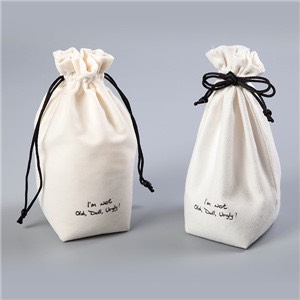You can share
- Share to Facebook
- Share to Google+
- Subscribe to our
- Share to Linkedin
- Share to Twitter

|
|
For some at the Republican National Convention in Cleveland, the chosen accessory for protection is an AR-15-style rifle, casually slung over the shoulder. For the Los Angeles-based artist and activist Tim Schwartz, it’s a discreet pouch made of matte silver ripstop fabric that houses his cell phone.

It’s a safeguard that non-protesters might consider too, Schwartz says. “It’s like using long passwords,” he says. “It’s one of those things where we should be doing it, but we never get around to it.”

Here are the instructions, from Aram Bartholl’s site, Kill Your Phone. Materials are available from lessemf.com: Cut 12 cm stripes from your roll blocking fleece. Make pieces of 50 x 12 cm, each for one pouch. (i.e. from a 1 m roll stripe you’ll get 2 pieces.) Fold your 50 x 12 cm piece in length to 25 x 12 cm Fold again the long sides, each 1 cm and pin them with needles. Sew two straight seams on the left and right side. Fold the opening at least 2 times! Find a paper clip or clamp to close the pouch. Done!
Previously, It developed a tool for victims of the Haitian earthquake in 2010 to find their missing family members. After that, he said, he “fell down the rabbit hole of digital privacy,” and worked with the Fordham Law School’s Center on Law and Information Policy (CLIP) to research the privacy available to individuals on the web, and balance that with safety. |
|